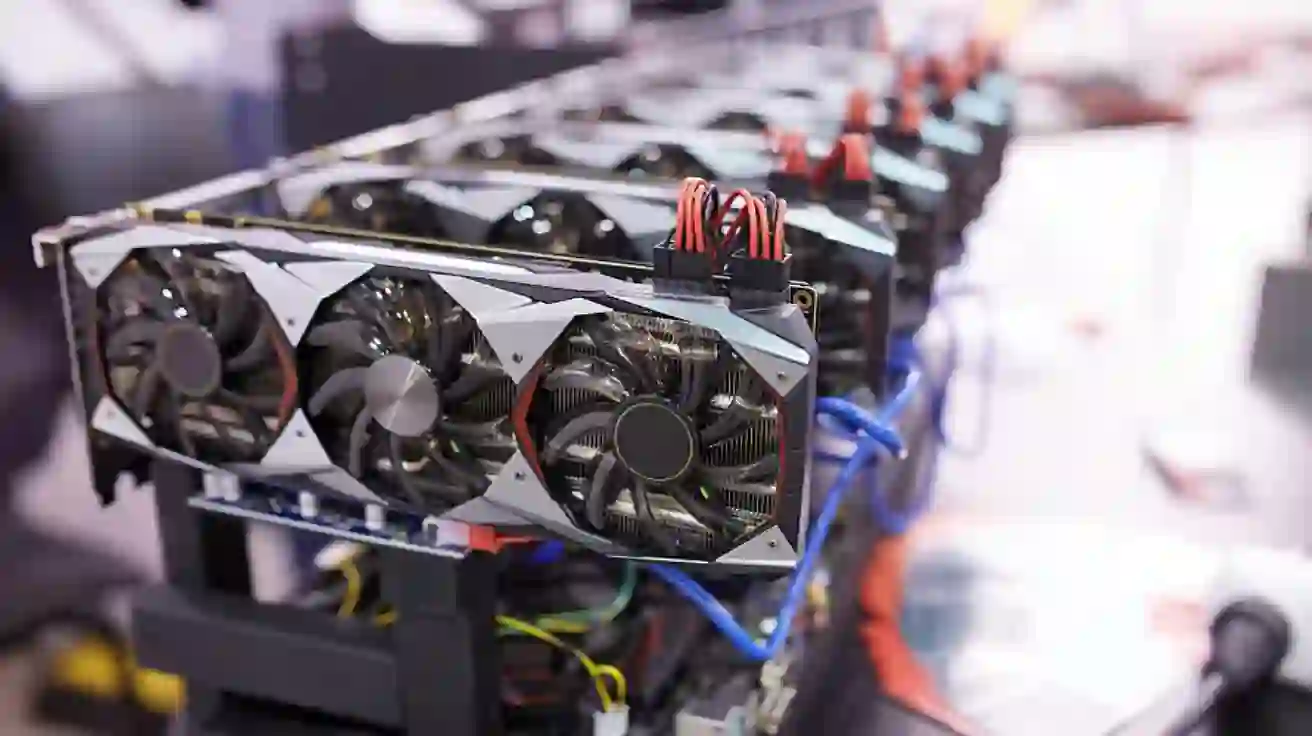Cryptocurrency mining is a fundamental process that allows digital currencies like Bitcoin to function securely and efficiently. While the concept of mining traditionally refers to extracting valuable resources from the earth, crypto mining involves solving complex mathematical puzzles to validate transactions on a blockchain. This process is crucial to maintaining a decentralized network and ensuring transaction integrity. However, it comes at a cost—significant energy consumption. This article explores the mechanics of cryptocurrency mining, the challenges it faces, and its potential future.
The Basics of Blockchain and Nodes
A blockchain is essentially a digital ledger that records all transactions in a secure and transparent manner. It relies on a network of computers, known as nodes, to maintain and update this ledger. Nodes play different roles in the network:
- Regular Nodes: These computers help relay transaction data throughout the network. When a transaction occurs, it gets broadcasted to these nodes, which then pass the information to others, ensuring consensus.
- Mining Nodes: These specialized nodes compile transactions into blocks and attempt to validate them by solving cryptographic puzzles. This process secures the network and ensures that only legitimate transactions are recorded.
Together, these nodes enable a decentralized system where transactions occur without the need for intermediaries, such as banks.
The Cryptographic Puzzle: How Mining Works
Mining is a process that involves solving a mathematical problem to validate and secure transactions. The key element of this process is the hash function, an algorithm that transforms transaction data into a fixed-length alphanumeric code known as a hash. This function ensures that even the slightest change in input data results in a drastically different output.
Miners compete to find a unique value, known as a nonce (short for “number used once”), that, when combined with transaction data and passed through the hash function, produces a hash within a specific target range. This process requires significant computational power, as miners must make numerous guesses before finding the correct nonce.
Once a miner successfully finds a valid hash, the network verifies it, and the block is added to the blockchain. The miner is then rewarded with a certain amount of cryptocurrency, providing an incentive for participants to continue securing the network.
The Energy Demand of Mining
Mining cryptocurrencies like Bitcoin requires immense computational power, leading to high energy consumption. The Bitcoin network alone consumes electricity on a scale comparable to entire countries. This is primarily due to the Proof of Work (PoW) consensus mechanism, which requires miners to continuously perform intensive calculations.
Despite its security benefits, PoW has raised concerns about sustainability and environmental impact. This has led to the exploration of alternative consensus mechanisms that are more energy-efficient.
The Role of Proof of Work in Blockchain Security
Proof of Work serves as a crucial security feature in blockchain technology. By requiring miners to demonstrate computational effort, PoW makes it extremely difficult for malicious actors to alter past transactions. To successfully manipulate the blockchain, an attacker would need to control more than 50% of the network’s total computational power—a scenario that is highly improbable due to the enormous costs involved.
PoW also ensures fairness in the network by preventing individuals from monopolizing block validation. The difficulty of mining adjusts dynamically based on the total computational power in the network, maintaining a steady block creation rate (approximately every 10 minutes for Bitcoin).
Challenges and Adjustments in Mining Difficulty
To maintain stability, blockchain networks automatically adjust mining difficulty. This difficulty determines how challenging it is to find a valid hash and ensures that new blocks are added at a consistent rate. The difficulty adjusts based on the number of miners participating in the network:
- If more miners join, the difficulty increases to maintain block times.
- If miners leave, the difficulty decreases to compensate for reduced computational power.
This adjustment mechanism prevents mining from becoming too easy or too difficult, ensuring a balanced and secure network.
The Future of Cryptocurrency Mining
As concerns over energy consumption and environmental impact grow, many blockchain projects are exploring alternatives to traditional mining. One of the most notable shifts is Ethereum’s transition from Proof of Work to Proof of Stake (PoS). Unlike PoW, PoS does not require miners to solve complex puzzles. Instead, validators are chosen based on the number of coins they hold and are willing to “stake” as collateral. This method significantly reduces energy consumption while maintaining network security.
Other blockchain networks, such as IOTA, are experimenting with novel approaches that eliminate mining altogether. IOTA’s Tangle technology, for example, uses a directed acyclic graph (DAG) structure instead of a traditional blockchain, allowing transactions to be validated without the need for mining.
Conclusion: The Evolution of Mining
Cryptocurrency mining has played a critical role in the development of decentralized digital currencies. It provides security, maintains transaction integrity, and incentivizes network participation. However, its high energy consumption and environmental impact have prompted discussions about more sustainable alternatives.
While Proof of Work remains the dominant consensus mechanism, innovations such as Proof of Stake and alternative ledger technologies may eventually reshape the landscape of cryptocurrency mining. As the industry evolves, the focus will likely shift toward energy-efficient solutions that balance security, decentralization, and sustainability.


